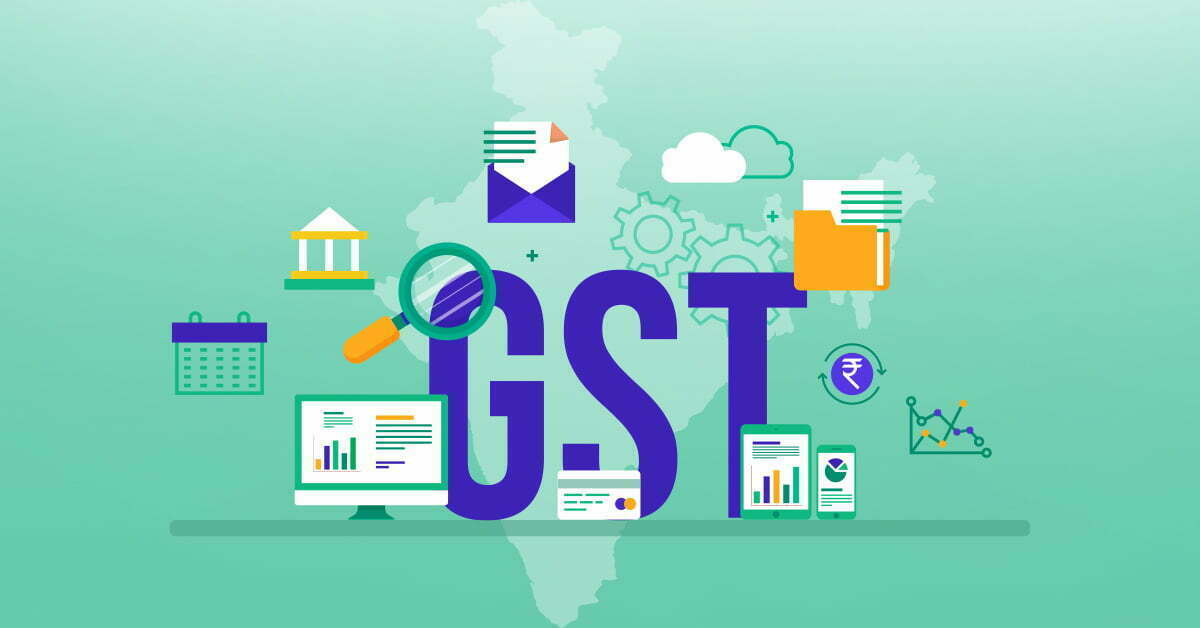GSTR-3B is a monthly return that is required to be filed by registered taxpayers under the Goods and Services Tax (GST) system in India. It is a summary return that includes details of all outward and inward supplies, input tax credit, and tax liabilities for the month. It is an interim return that has been introduced by the government to simplify the return filing process and ensure better compliance under the GST system.
The due date for filing GSTR-3B is the 20th of the following month. For example, the GSTR-3B for the month of January is due by February 20th. GSTR-3B is a self-declared return and can be filed online through the GST portal or through a GST Suvidha Provider (GSP) or Application Service Provider (ASP).
GSTR-3B is an important return as it serves as a basis for the payment of tax liabilities. It is also used to reconcile the data provided in GSTR-1 (outward supplies) and GSTR-2 (inward supplies) returns. Any discrepancies between GSTR-3B and GSTR-1 or GSTR-2 returns must be corrected in subsequent returns.
The GSTR-3B return format includes the following details:
- Basic details such as GSTIN, legal name of the registered person, and the period of return.
- Details of outward supplies made during the month, including taxable value, tax rate, and tax amount.
- Details of inward supplies received during the month, including taxable value, tax rate, and tax amount.
- Input tax credit claimed on purchases made during the month.
- Details of tax liability and tax paid, including Integrated GST (IGST), Central GST (CGST), State GST (SGST), and Cess.
Filing GSTR-3B accurately and on time is crucial to avoid any penalties or interest charges under the GST system.

When to file GST?
GSTR-3B is a monthly return that must be filed by all registered taxpayers under the Goods and Services Tax (GST) system in India. The due date for filing GSTR-3B is the 20th of the following month. For example, the GSTR-3B for the month of January is due by February 20th.
However, it’s important to note that a late fee is charged for delayed filing of GSTR-3B. If the GSTR-3B return is not filed by the due date, a late fee of Rs. 50 per day (Rs. 20 per day for taxpayers with nil tax liability) is applicable until the return is filed. The late fee is subject to a maximum amount of Rs. 5,000.
It’s important for taxpayers to file GSTR-3B accurately and on time to avoid any penalties or interest charges under the GST system. Late filing of GSTR-3B can also impact the taxpayer’s compliance rating and ability to claim input tax credit.
Simple steps to file GST
Filing Goods and Services Tax (GST) returns in India involves a few simple steps. Here are the basic steps to file GST:
- Register for GST: First, you need to register for GST if you are a business owner or a service provider whose turnover exceeds the threshold limit (currently Rs. 20 lakhs for most states, Rs. 10 lakhs for some special category states). You can register for GST online through the GST portal.
- Maintain GST records: As a registered GST taxpayer, you need to maintain proper records of all transactions including purchases, sales, expenses, and taxes paid.
- Generate invoices: Generate invoices with all the required details including GSTIN, name and address of the supplier, the buyer’s name and address, invoice number, date, and GST rates.
- File GST returns: GST returns can be filed online through the GST portal. You need to select the appropriate return form based on your business type and the frequency of returns.
- Verify GST returns: After filing the GST return, you need to verify it using either an electronic signature or an Aadhaar-based authentication.
- Pay GST: After filing the GST return, you need to pay any tax liabilities. This can be done through the GST portal using various payment methods like net banking, credit card, debit card, NEFT, or RTGS.
- Reconcile GST returns: It’s important to reconcile GST returns regularly to ensure that the data provided in the returns matches with the data maintained in the records.
It’s recommended that taxpayers file GSTR-3B well before the due date to avoid any last-minute technical glitches or errors. Taxpayers can file GSTR-3B online through the GST portal or through a GST Suvidha Provider (GSP) or Application Service Provider (ASP) or take help of professionals to file GST regularly.






